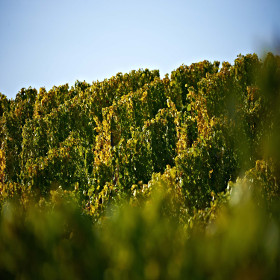Winery Dechent
Discover our Rheinhessen wines produced with heart and love
Operating Philosophy: Quality awareness and sustainability are our motivation to make good wines. That is why we pay special attention to the care of our soils, our grapevines and the grapes. With targeted pruning and bud reduction, defoliation and the "green harvest" in August, we achieve the best quality for our grapes. The Saulheimer locations Schlossberg, Hölle and Probstey as well as Stadecker Lenchen with weathered floors of calcareous loam, clay and marl also form a good basis for our fruity wines with subtle minerality. After the harvest we process the grapes carefully and treat each wine individually - with know-how and tact.
The variety ranges from the traditional Rheinhessen Silvaner, which we age on the lees, to Pinot Blanc, Pinot Gris, Chardonnay and Riesling for the whites and Dornfelder, Portugieser, Pinot Noir and Cabernet Sauvignon in the reds. Our Riesling and Pinot Noir carry as a sign of the typicality of the regional Rheinhessen origin of the "provenance with profile".














